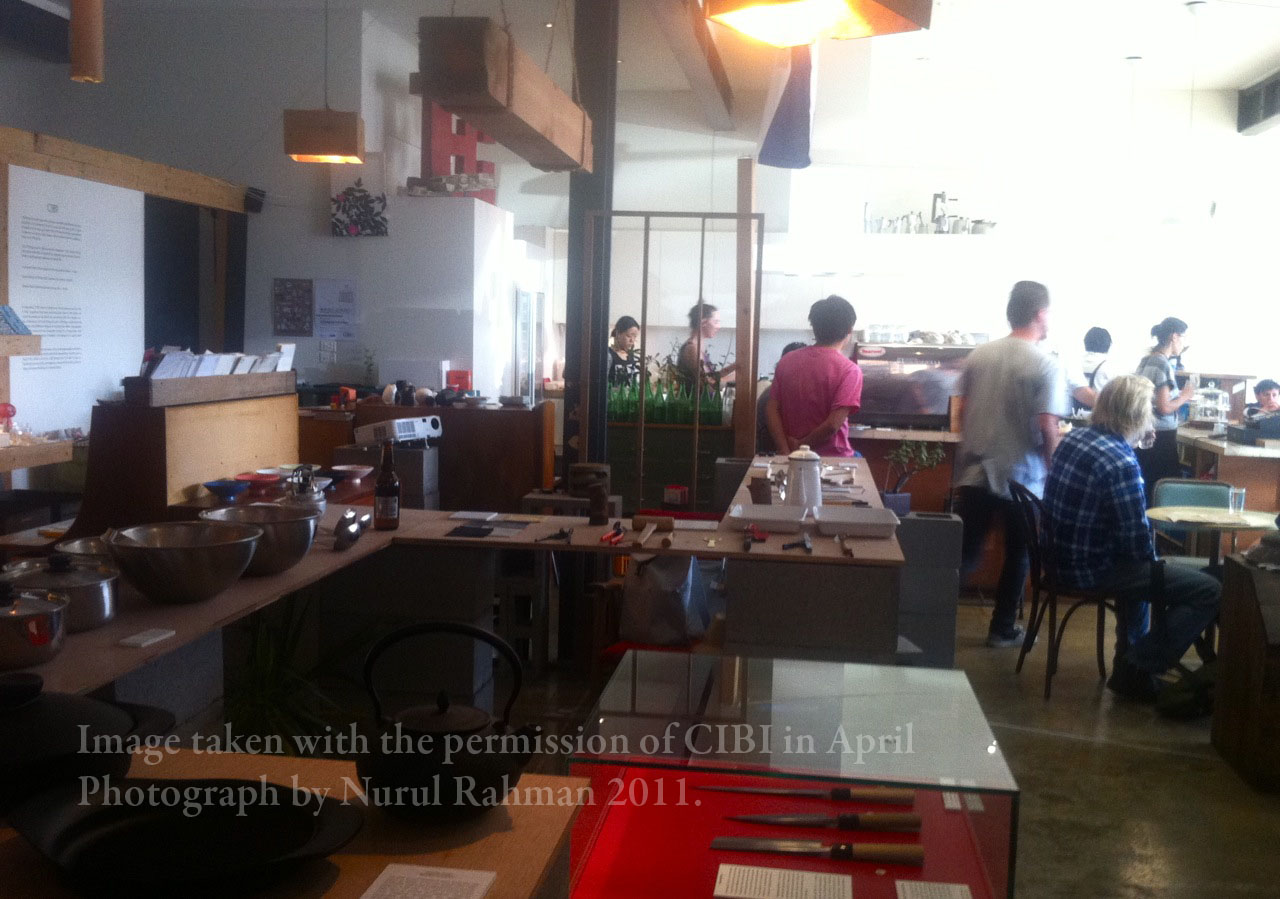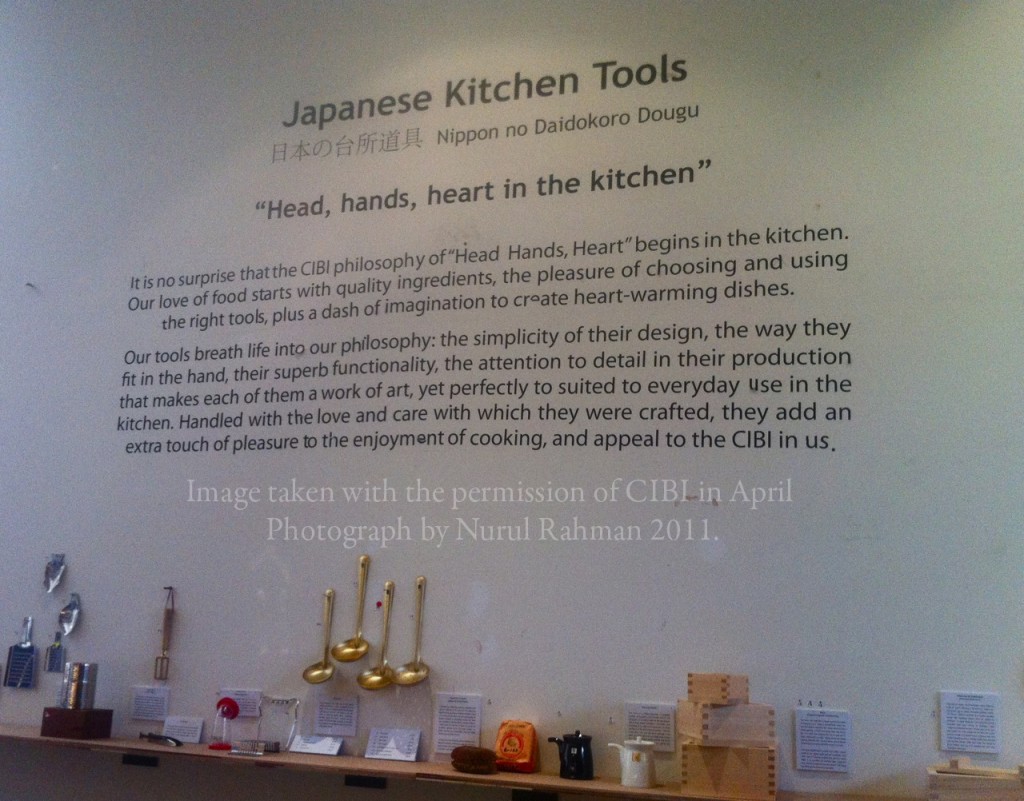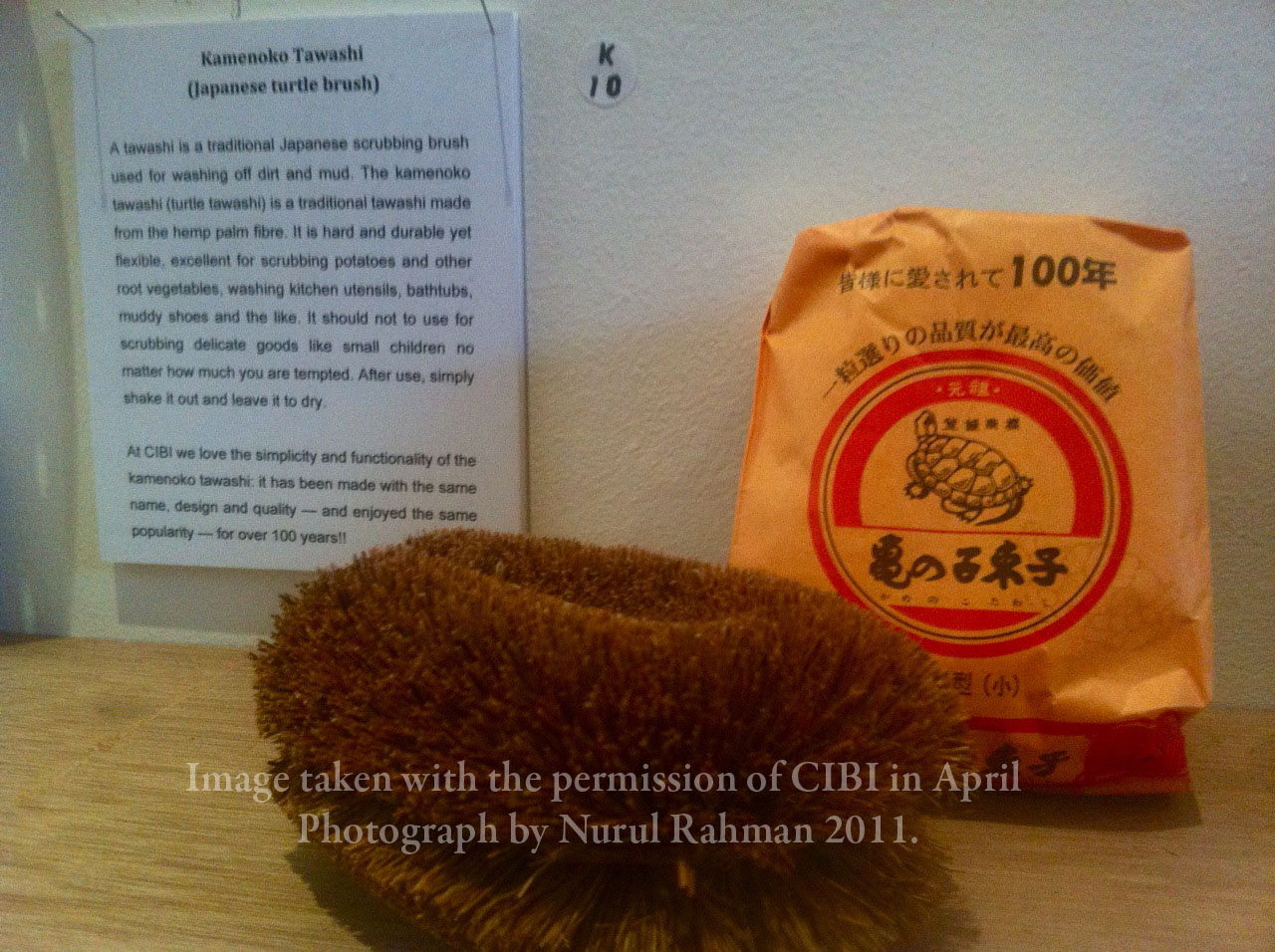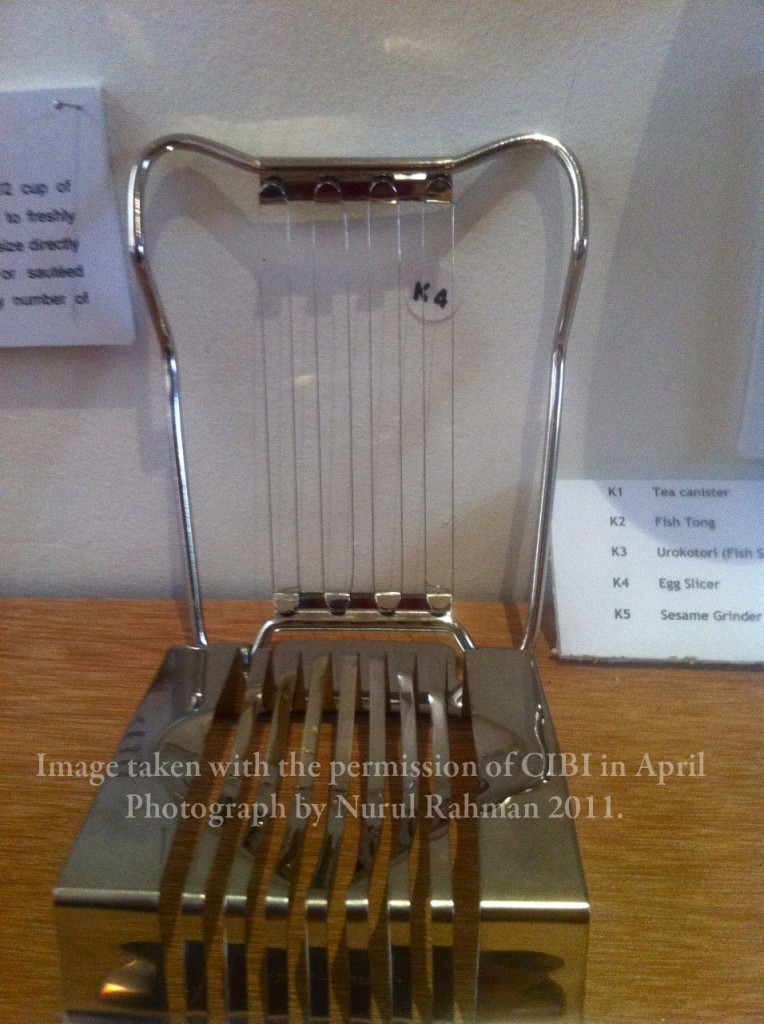This new technology arrived..
RepRap from Adrian Bowyer on Vimeo.
Can you believe it, or even dream of that someday this brilliant technology became reality and part of our everyday culture? Design has continue to make impact in our life and the way we do thing. Now this new technology, invented by a British Engineer and Mathematician, Adrian Bowyer that allow us to reproduce in a small scale our every artefact, instead of buying it at the hardware shop. RepRapProject is an open-source self-replicating 3D printer. This printer allow us to first make duplicate of itself, so that then we can start making duplicates of other little thing.
What is more interesting with this self-replicating 3D printer is it can duplicate almost anything provided you could find an open source 3D work of an artifact for example a coat hanger online. If you do have it, then you can reproduce a coat hanger as much as you can. Now when it comes to the material, here is where I am concern. That these material are made from plastic and I am wondering if it can be recycle and not ending up as a waste. If it does then what can we do with it? So far this project is still under its working progress with several engineer around the world participating in the prototype testing project.With this printer, we move to another era and perhaps it is not too much to say here that we might move little step forward. Imagine in future, if you think of needing something for the house, instead of going out to hardware shop, you download a 3D model which is an open source, and print it. It is almost similar to the changing era from print (paper) to digital world. People don’t have to buy newspaper anymore, because they now can download (through subscription ) a digital online newspaper monthly monthly. Or they can connect to the web and read it online. Well.. even though most of us still catching up with many new updates with new technology, we cannot stop it from evolve..

It is obvious that Japanese culture have been parts of our everyday life, in particular popular culture. Hello Kitty, Mangga, Samurai, Bento, Sushi, Honda and Kawasaki are among products and brand that most of us are familiar with and perhaps adore to owned. I like to engage in the discussion about Japanese culture and its influences in Malaysians everyday life since the time Japanese occupied Malaya between 1941-45. At that time the name Selipar Jepun (a Japanese made slippers, or also know in Australia as tongs) and Terompah (a wooden made sandals used outside of the house) became popular.
Popular cultures in Malaysia are very closely linked with the Japanese culture or it is not to exaggerate to state here that have shaped partly most Malaysians everyday life. A soap opera known as Oshin (Im sure most of Malaysia remembered the spirit of strong Japanese girl who have fought for her life to survive and gained respect for her generation) for example have an influential recollection of teenagers life for many Malaysia in 1980s.
The close connection between Japanese and Malaysia are inevitable, since their occupation in Malaya early 1940s to the establishment of Malaysia in 1963 and till present days. Large numbers of Japanese products are used in most Malaysian household, from the bigger scale appliances such as rice cooker, washer machine to the little tiny stuff such as hand brush and eggs slicer.
My visit to one of the most popular Japanese café in Melbourne known as CIBI reminded me of my childhood in Malaysia. CIBI is a café that served coffee, Japanese breakfast and lunch. It is situated along 45 Kelle St, Collingwood, Melbourne. An interesting set up and approach, CIBI not only provide delicious home made Japanese breakfast and lunch, but also been actively participating in promoting and exhibiting Japanese design kitchen products.
Recently CIBI conducted an exhibition called ˜Japanese Kitchen tools or Nippon No Daidokoro Daigo (contact CIBI for further info at info[at]cibi.com.au). It exhibits mix of old and new kitchen appliances used in Japanese kitchen. What I found fascinating while browsing around the exhibition space is that some of the products are very familiar to my childhood. And all this while I thought it is locally made because it is heavily used in last decades of Malaysian generation. My grandmother used to have it all the time in her house. Can also be known as all-purpose brush, the hand brush known as Japanese Turtle Brush or Kaminoko Tawashi is a traditional Japanese brush made from hemp palm fibre. It is a hard brush mostly designed for the hard and rough surface to scratch mud on rough surface vegetable, shells fish, bathtubs, floors or muddy shoes.
Another product is the egg slicer. Most of the hawker or roadside store that sells Nasi Lemak one of the all time Malaysian favourite dish (coconut rice served with anchovies, sambal “cooked chili paste, slice cucumber and eggs), will have this egg slicer handy to slice the eggs. Discovering more and more product that are used in Malaysia comes from Japan, makes me wonder how much Japanese culture have influence Malaysian everyday life practices.
The Author :Nurul Rahman is currently working on a research project under School of Arts, Universiti Sains Malaysia on tracing the Japanese cultural route in Malaysian culture (Jan-August 2011). Permission and copyright (photograph and text) in this blog please contact through email : nurulrahman[at]gmail.com
Turtle Brush and Eggs Slicer by Zainurul Aniza Abd Rahman is licensed under a Creative Commons Attribution-NonCommercial-NoDerivs 3.0 Unported License.
Based on a work at https://nurulrahman.com/blog
Permissions beyond the scope of this license may be available at https://nurulrahman.com/blog/?page_id=1222.




